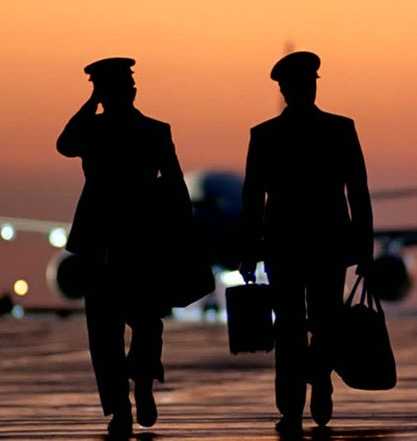Steps in the Pilot Career

A successful pilot career is within your reach. Though it can appear daunting, when taking it step by step, you can maximize your career, and hopefully enjoy each step along the journey.
Each pilot’s dream career is unique. The pilot job market that pilots work their way up through can widely vary. No two pilot career paths will be the same.
Pilot Training and Education – Establishing the Foundation
Operating an airplane safely and efficiently requires a solid foundation of skills, technical knowledge, and academic knowledge. Before beginning a pilot career would-be aspirants need to complete the necessary training and education.
Flight Training
All pilots that earn a living from flying must have a Commercial Pilot Certificate. There will also be other specific ratings or certifications that will apply to the unique requirements of each job. The steps for completing flight training can vary a bit, but typical flow as follows:
Step 1. Private Pilot Certificate
This step takes place in single-engine airplanes and creates the foundation of skills necessary to earn advanced certificates and ratings. Private pilots cannot be paid to fly.
Step 2. Instrument Rating
The instrument rating is an add-on to the Private Pilot Certificate and expands the environment that pilots may fly in to include all kinds of weather. Prior to earning an instrument rating pilots are limited to flying in visual flight rules (VFR). After earning an instrument rating pilots have the option to operate in instrument flight rules (IFR).
Step 3. Commercial Pilot Certificate
To begin training for a commercial pilot certificate pilots must first build experience both with instructors and in flying solo. They must gain minimum experience levels in different types of flying conditions such as in night flying, operating between airports, and flying airplanes solely by reference to instruments (instrument time).
Commercial pilot training and testing requires that pilots operate airplanes at higher standards than private pilots.
After earning a commercial pilot certificate pilots can be paid to fly. However, the operations in which they can be paid are limited by regulations.
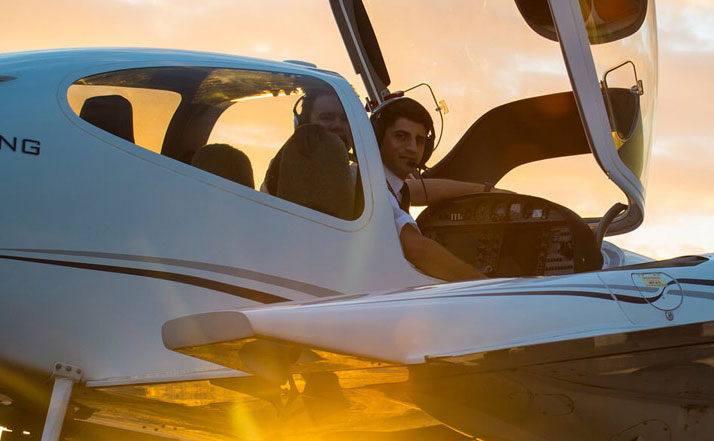
Step 4. Certified Flight Instructor
A common path for pilots is to work as flight instructors in their first pilot job. After earning the certified flight instructor certificate (CFI) pilots are able to teach other how to fly. Instructor Certificates can include Certified Flight Instructor Instrument (CFII) that allows them to teach instrument students and Multi-Engine Instructor (MEI) that allows instructors to teach in multi-engine airplanes.
Step 5. Multi-Engine Rating
Adding a multi-engine rating to a commercial pilot certificate allows pilots to fly airplanes with more than one engine. This step is needed for most commercial pilot jobs. This step can take place before earning the flight instructor certificate, but the common order is for pilots to get a multi-engine rating after becoming flight instructors.
Accelerated Flight School vs. Traditional Flight School
Accelerated flight schools offer full-time, fast-paced, training that allow students to complete pilot flight training in minimum amounts of time. Students need to pre-arrange payment for all of the training, either paying with money they have or using students loans, prior to beginning flight training. Students in accelerated flight programs need to arrange their life to make training their full-time job.
In a traditional flight training path students “pay-as-you-go” and can treat training as a part-time endeavor while working or to accommodate other life needs. This is a flexible training option that allows students to set training schedules and the order of some of their certificates and/or ratings. This option allows for flexibility but it usually takes longer to complete than accelerated options. Traditional flight training can be less expensive than accelerated programs.
Pilot Education
In addition to completing pilot training pilots seeking a career in flying will need to consider earning an associates or bachelors degree. The requirement for a degree varies based on the type of jobs pilots wish to pursue and varies depending on the hiring environment. With the pilot shortage existing as it does now most employers are not requiring these degrees. In an average pilot hiring environment many employers will require a degree.
Aviation Degree
Employers that do require degrees are not picky as to what that degree is in. That is, getting a degree from a university flight program does not confer an advantage. However, getting an aviation degree can allow a pilot to earn an Airline Transport Pilot rating (ATP) with fewer hours of flight experience.
- The Airline Transport Pilot rating (ATP) reqiures 1,500 hours of total flight time and other specific experiences.
- An applicant may pursue a Restricted Airline Transport Pilot rating (ATP) with 1,000 hours of total flight time if they have a bachelors degree from an FAA approved program.
- An applicant may pursue a Restricted Airline Transport Pilot rating (ATP) with 1,250 hours of total flight time if they have an associates degree from an FAA approved program.
A commercial pilot working full-time averages 700 hours of flight time a year. Attending an FAA approved college or university can cut up to 8 months from the time needed to pursue an ATP rating.
Experience Earned – What Pilot Flight Hours Mean for the Career
Pilot flight hours earned is an important metric that a pilot’s career is measured against. The Federal Aviation Administration uses these numbers to determine a pilot’s experience level when applying for certificates and ratings and for pilots to be able to fly within certain types of operations. Employers set minimum flight hour requirements necessary to apply to their open jobs.
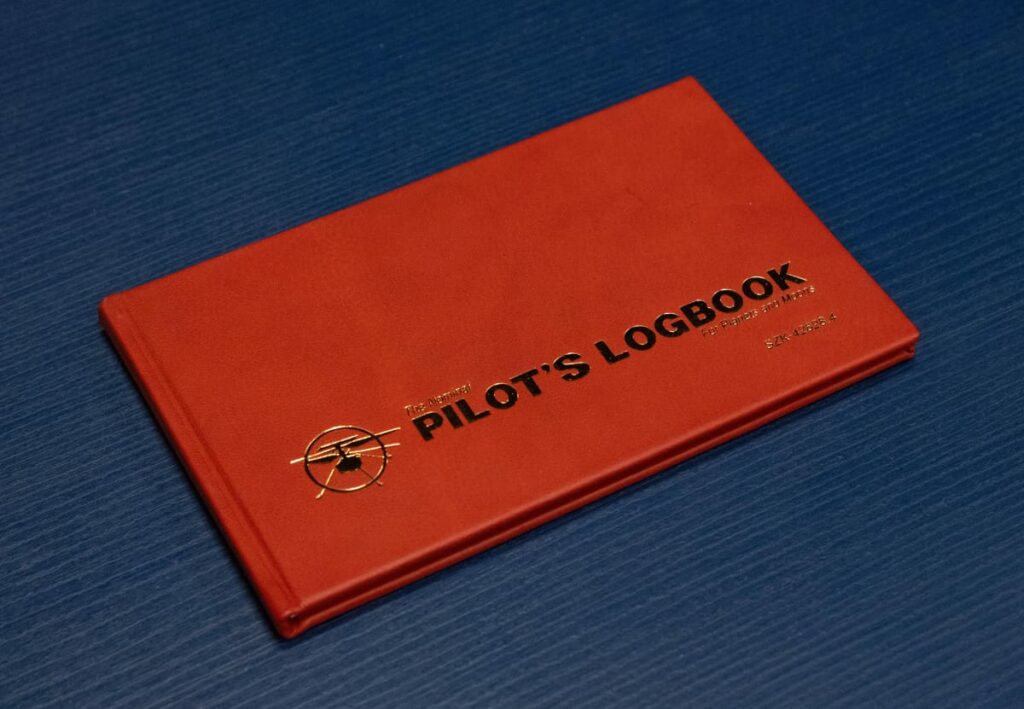
There is an argument within the industry as to whether pilots should be graded in this manner. Some will say that it’s the quality in the hours, and training, that matters more than the number alone. There are some metrics of flight time that are generally accepted as indicators of quality of experience:
- Multi-engine time is better than single-engine time
- Crew operations are better than single pilot
- Turbine-engine flight time is better than piston-engine flight time
- Pilot-in-Command (PIC) is better than Second-in-Command (SIC)
- Pilot-in-Command (PIC) as an instructor pilot is better than straight Pilot-in-Command (PIC)
The bigger, faster, and more complicated an airplane is the better. The benchmark to race for is 1,000 hours of multi-engine turbine pilot-in-command time. When a pilot reaches this point most career doors open.
Flight hours earned will be the criteria that a pilot career is measured against for advancement.
First Pilot Job – Getting Started
The employment catch-22. Employers want you to have experience before they’ll consider you. But how do you gain experience when every job is requiring experience to be hired?
Though it can seem daunting getting your foot in the door there are many employers hiring into entry level pilot jobs. Working as a flight instructor is the most common first pilot job, but there are other options available, including:
- Pipeline and/or Powerline Patrol
- Aerial Photography
- Glider Tow Pilot
- Banner Tow Pilot
- Skydive Pilot
- Ferrying Airplanes
- Part 135 Second-in-Command
- Aerial Mapping/Survey Pilot
- Aerial Tour Pilot
- Traffic Watch
- Flight Instructor
- Part 135 Pilot-in-Command in Visual Flight Rules (VFR) only
Entry Level Pilot Jobs at a Glance
Time at this level
Most pilots will spend 1 to 2 years in their first job
Annual Compensation Range
$32,000 to $60,000
Typical Work Schedule
The pilot career is different than most in that entry level pilot jobs often have more consistent schedules and with more weekends and holidays off than in what is found at later career stages.
Education Requirements
Typically, no formal degree is required for this step.
Pilot Certificates Required
Commercial Pilot Certificate with Instrument and possibly multi-engine rating. If instructing then Certified Flight Instructor (CFI) certificate is needed.
Minimum Flight Hours
Hours required to get a commercial pilot certificate. Part 135 operators will have higher time requirements.
Medical Certificate
Mid-Career – When a Pilot is Journeyman
In the next phase of the pilot career pilots take a step up in complexity of the airplane or in complexity of the operation. Most airplanes in this phase are multi-engine and/or have turbine engines and feature advanced avionics. Many employers in this phase operate under Part 135 or Part 121 of the Federal Aviation Regulations.
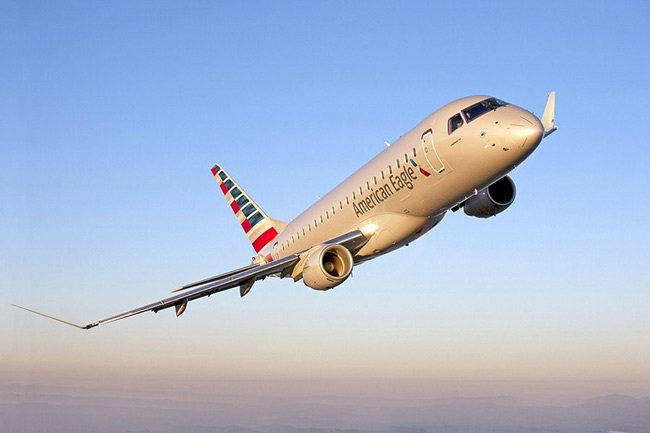
Types of mid-career pilot jobs available include:
- Regional Airline Pilot
- Part 135 Cargo Pilot Jobs
- Medical/Air Ambulance
- Government Pilot Jobs
- Agricultural Pilots (crop dusters)
- Business/Corporate Aviation
- Fire Fighting Pilot Jobs
Mid-career is somewhat of a misnomer as some pilots aspire to jobs found in this tier and are happy to spend a career at this point. And pilots previously working in Part 121 operations will work retirement jobs in this tier when they are to old to hold a first class medical certificate required by Part 121 operations.
What are Part 135 Operations?
The Federal Aviation Administration (FAA) requires additional certificate with more strict regulations and oversight when a commercial operation makes itself available to the public to carry people or cargo over distances.
On-demand operations are limited to airplanes that carry less than 7,500lbs of cargo or have fewer than 30 seats. On-demand operators can conduct limited schedules so long as they don’t exceed 5 round trips per week, don’t use turbojet airplanes, and have fewer than 9 seats.
Commuter (scheduled) Part 135 operators may fly scheduled routes provided they don’t use turbojet airplanes and have 9 seats or less. Commuter operators may conduct on-demand charter operations.
The most common types of Part 135 operations include smaller-airplane cargo, and charter flights.
What are Part 121 Operations?
Part 121 Operators are scheduled air carriers or charter operators using airplanes that exceed the size limits of Part 135. These operators are primarily airlines or cargo carriers flying larger airplanes. Part 121 operators have even more strict regulations and oversight from the Federal Aviation Administration (FAA).
Obtaining and maintaining a 121 operating certificate is a complicated endeavor for a company. Getting approval for a new 121 operating certificate is so lengthy and difficult that companies will often purchase an existing certificate rather than attempt to start a new one.
There are additional experience, training, and testing requirements for pilots that are certified to work in a Part 121 operation. Pilots must hold an Airline Transport Pilot (ATP) certificate to work for a Part 121 carrier.
Mid-Career Pilot Jobs at a Glance
Time at this level
For those pilots seeking to move on from this tier, they will usually spend 2 to 4 years in a mid-tier pilot position. This can vary depending on the job market.
Annual Compensation Range
$55,000 to $132,000
Typical Work Schedule
Work schedules are as varied as the types of operations in this tier. Some positions offer consistent schedules with weekends and holidays off. Many operations will have pilots gone from home and working nights, weekends, and holidays.
Education Requirements
The job market influences this, but in a normal working environment an Associate’s Degree is required for this tier.
Pilot Certificates Required
Part 121 operations will require an Airline Transport Pilot (ATP) Rating. Other operations in this tier will require a commercial pilot certificate with most requiring a multi-engine and instrument rating.
Minimum Flight Hours
This will vary depending on the type of operation. 121 operations will require hours needed to hold an ATP. A minimum amount of multi-engine time is typically required for jobs in this tier. Some operators will have highly specialized flight experience requirements (such as firefighting operations).
Medical Certificate
First Class Medical Certificate for Part 121 operations. Other operations typically require a Second Class Medical Certificate.
Career Destination – The Final Tier Most Pilots Aspire to
Each pilot has a unique dream of what their ideal job would look like. For many this is working for a Legacy Airline, Major Airline, Large Cargo Carrier, in a Corporate Flight Department, or for a Fractional Corporate Jet Operator. These are the highest paid jobs available to pilots.
Why Move From Mid-Tier to The Final Tier
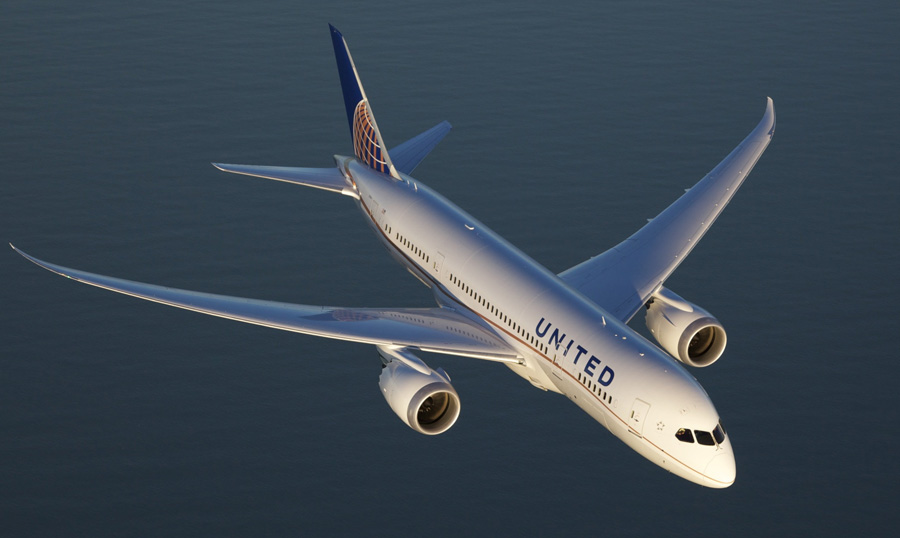
Pilots can make a comfortable living working a career in a mid-tier pilot position. But there are advantages to advancing to the final tier:
- Work rules covered in collective bargaining agreements create a better quality of life in this tier than what can be found in the mid-tier positions.
- Retirement matching and/or contributions are significantly higher in the final tier than in other pilot jobs.
- Pilots make more money in the final tier than in other pilot positions. The difference can be significant.
- Airplanes flown in this tier are the most advanced and most capable airplanes a civilian pilot can fly.
- There is more operational support from other types of employees to help make the pilot’s job easier while at work.
Final Tier Pilot Jobs at a Glance
Time at this level
Being the final tier, pilots can work in this position until mandatory retirement when they can no longer hold a first class medical certificate at age 65.
Annual Compensation Range
$90,000 to $325,000
Typical Work Schedule
Operations in this tier will have pilots gone from home and working nights, weekends, and holidays. Schedules improve as a pilot gains seniority with an employer.
Education Requirements
In a normal pilot hiring environment employers in this tier will require a bachelor’s degree.
Pilot Certificates Required
Airline Transport Pilot
Minimum Flight Hours
During a pilot shortage pilots can get hired into this tier with little more flight time than what is required for an ATP certificate. In an average hiring environment pilots will need 5,000+ hours with significant experience in turbine engine airplanes to be considered for this tier.
Medical Certificate
Greg started his professional pilot journey in 2002 after graduating from Embry Riddle. Since that time he has accumulated over 8,000 hours working as a pilot. Greg’s professional experience includes flight instructing, animal tracking, backcountry flying, forest firefighting, passenger charter, part 135 cargo, flying for a regional airline, a national low cost airline, a legacy airline, and also working as a manager in charge of Part 135 and Part 121 training programs.

